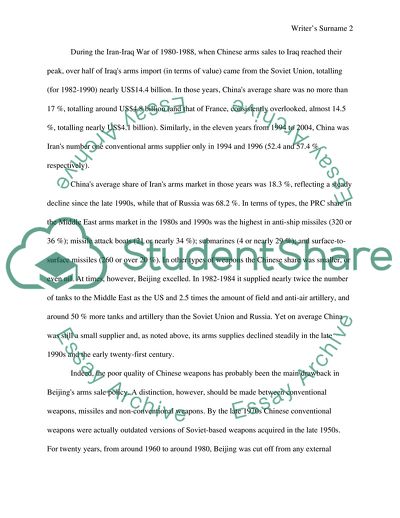Cite this document
(China's Political and Strategic Marginalization Term Paper, n.d.)
China's Political and Strategic Marginalization Term Paper. https://studentshare.org/politics/1712786-the-relationship-between-china-and-the-middle-east
China's Political and Strategic Marginalization Term Paper. https://studentshare.org/politics/1712786-the-relationship-between-china-and-the-middle-east
(China'S Political and Strategic Marginalization Term Paper)
China'S Political and Strategic Marginalization Term Paper. https://studentshare.org/politics/1712786-the-relationship-between-china-and-the-middle-east.
China'S Political and Strategic Marginalization Term Paper. https://studentshare.org/politics/1712786-the-relationship-between-china-and-the-middle-east.
“China'S Political and Strategic Marginalization Term Paper”. https://studentshare.org/politics/1712786-the-relationship-between-china-and-the-middle-east.


